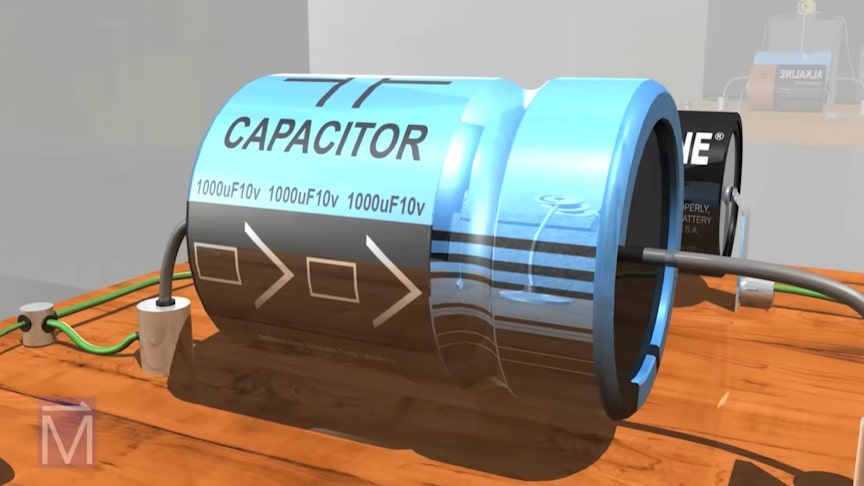Capacitors can store electrical energy and discharge it quickly, powering things like flash bulbs and starter motors. In electrical engineering, a capacitor is a device that stores electrical energy by accumulating electric charges on two closely spaced surfaces that are insulated from each other.
source.image: National MagLab
Inside a capacitor, the terminals connect to two metal plates separated by a non-conducting substance, or dielectric. The plate on the capacitor that attaches to the negative terminal of the battery accepts electrons that the battery is producing.
The plate on the capacitor that attaches to the positive terminal of the battery loses electrons to the battery. Once it’s charged, the capacitor has the same voltage as the battery.
Advertisement
From Coulomb’s law a charge on one conductor will exert a force on the charge carriers within the other conductor, attracting opposite polarity charge and repelling like polarity charges, thus an opposite polarity charge will be induced on the surface of the other conductor. The conductors thus hold equal and opposite charges on their facing surfaces, and the dielectric develops an electric field.











